Dental Digital-Biomimetic Diagnosis and Therapy Innovation Team
Our long-term goal is to create smart innovation for oral health and transform future with patient-centered solutions.
The team actively responds to national strategies such as "Facing people's health", relying on platforms like the National Engineering Research Center, and has formed three research directions: artificial intelligence in stomatology, intelligent creation and manufacturing, and digital and intelligent biological regeneration. It has successively undertaken key research and development projects of the State, key projects of the National Natural Science Foundation of China, and other projects. Published more than 300 papers; A total of 162 invention patents were applied for (66 were authorized and 84 were converted), and some of the patented technologies filled the gap in the field of intelligent bionic manufacturing of dentures in China. Original establishment of the core theory and technical system of "oral digital and intelligent bionic restoration" (including scanning, design, printing, and materials), achieving the "fast, simple, and accurate" process of denture restoration, as well as functional adaptation after wearing, and completing large-scale transformation and application. The domestic market share of the 10 sets of transformed products has reached 20% to 40%, all of which have been exported overseas (with materials applied in 120 countries). The annual usage exceeds 200 million dentures, and the cumulative sales exceed 2 billion. It has won 16 awards including the Gold Award of the 48th and 49th Geneva International Exhibition of Inventions and the First Prize of Beijing Technological Invention.
DIRECTOR
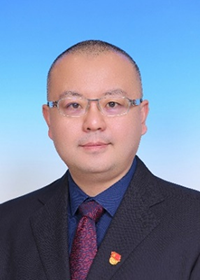
Yuchun Sun
Professor, Chief Physician
Principal Investigator
kqsyc@bjmu.edu.cn| 86-010-82195553
Sun Yuchun is a Professor and Director of the Digital Research Center for Stomatology at the Peking University School and Hospital of Stomatology. He is a Changjiang Scholar, Chairman of the Stomatology Equipment and Materials Committee of the China Association for Medical Devices Industry, Head of the “Oral Intelligent Technology and Equipment Platform” under the National Engineering Research Center, and Deputy Director of the Key Laboratory of Digital Stomatology of the National Health Commission. He also serves as an expert member of the Overall Expert Group for the Key Special Project on “Additive Manufacturing and Laser Manufacturing” under the National Key Research and Development Program during the 14th Five-Year Plan. His research focuses on the independent innovation, development, and clinical translation of intelligent and biomimetic diagnostic and therapeutic technologies in dentistry. He has led 13 national and provincial-level projects, including key projects funded by the National Natural Science Foundation of China and the National Key R&D Program. He has published 260 academic papers, and as the first inventor, has filed 162 invention patents, with 68 granted and 89 successfully transferred for application. He has received 16 major honors, including the Gold Awards at the 48th and 49th Geneva International Invention Exhibitions and the First Prize for Technological Invention in Beijing, ranking first in all award applications.
RESEARCH AREAS
Artificial intelligence in oral medicine
We pioneered a spatiotemporal rigid-flexible coupled multi-dimensional constraint matching technology, addressing the critical challenge of synchronous and precise four-dimensional measurement of soft tissue dynamic deformation and hard tissue rigidity characteristics. Furthermore, we proposed an innovative data-driven intelligent reasoning framework for biomimetic denture structures based on multi-source heterogeneous data, establishing a multi-scale quantitative characterization system for dentoalveolar features. This enabled an in-depth analysis of the coupling mechanisms between occlusal dynamics and anatomical morphology, thereby overcoming the traditional experience-based interactive design paradigm prevalent in Western countries.
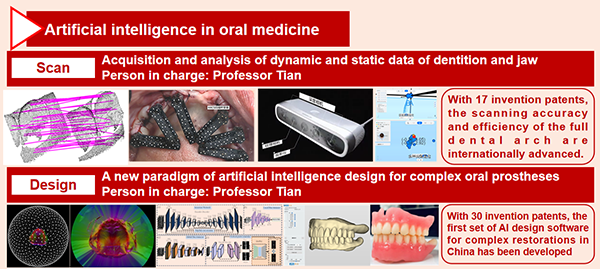
Intelligent bionic manufacturing
We systematically elucidated the self-supporting principles underlying the additive manufacturing of complex denture surface topographies, and originally proposed a bidirectional "design-print reciprocity" fabrication strategy. This enabled breakthroughs in both the gradient-dissipative interface design of layered zirconia and the full-lifecycle regulation of light propagation in photopolymerization-based forming processes. Consequently, we developed continuously graded biomimetic zirconia materials and ultra-thin, high-toughness zirconia ceramic veneers.
The acquisition process of the envelope Surface of Condyle Movement
Prediction of condylar movement envelope surface based on facial morphology

Digital and intelligent biological regeneration
Through the development of highly biomimetic multicellular three-dimensional microstructural design, we elucidated the conditions and influencing mechanisms governing the in vitro reconstruction of the complex periodontal microenvironment. We further investigated multi-process coordinated cross-scale additive manufacturing methods for multicellular biomimetic tissue and organ constructs, achieving breakthroughs in the mapping relationships between macro–micro-scale forming precision, cell types, and tissue-organ functionalities. This work establishes a solid theoretical and technological foundation for the digital and intelligent biofabrication of biomimetic pathological periodontal tissue defects.

RECENT PUBLICATIONS
Development and clinical evaluation of a personalised whole-mouth plaque removal device based on air-water bubbly jets
Translational Dental Research, 2025, 1(1): 100006. (Back Cover)
A tantalum-containing zirconium-based metallic glass with superior endosseous implant relevant properties
Bioactive Materials, 2024, 39:25-40.
Efficient complete denture metal base design via a dental feature-driven segmentation network
Computers in Biology and Medicine, 2024, 175: 108550.
Accuracy of digital implant impressions using a novel structured light scanning system assisted by a planar mirror in the edentulous maxilla: an in vitro study
Clinical Oral Implants Research, 2024, 35(8): 876-887.
A multifunctional microneedle patch loading exosomes and magnetic nanoparticles synergistically for treating oral mucosal lesions
Applied Materials Today, 2024, 40: 102382.
LA-ViT: A Network with Transformers Constrained by Learned-Parameter-Free Attention for Interpretable Grading in a New Laryngeal Histopathology Image Dataset
IEEE Journal of Biomedical and Health Informatics, 2024, 28(6): 3557-3570.
Immunoregulatory cryogel-based contact lenses for bacterial keratitis prevention and treatment
Cell Reports Physical Science, 2024, 5(9): 102179.
Shear bond strength of resin to additively manufactured zirconia with different surface treatments
Surfaces and Interfaces, 2024, 54: 105153.
Investigation of the ageing conditions of PEEK powder for the selective laser sintering process
Virtual and Physical Prototyping, 2023, 18(1): e2273298.
Role of dendritic cells in MYD88-mediated immune recognition and osteoinduction initiated by the implantation of biomaterials
International Journal of Oral Science, 2023, 15(1): 31.
TranSDFNet: Transformer-based truncated signed distance fields for the design of RPD clasps
IEEE Journal of Biomedical and Health Informatics, 2023, 27(10): 4950 - 4960.
Porous polydroxyalkanoates (PHA) scaffolds with antibacterial property for oral soft tissue regeneration
Chemical Engineering Journal, 2023, 451: 138899.
Accuracy of tooth positioning in 3D-printing aided manufactured complete dentures: An in vitro study
Journal of Dentistry. 2023, 131: 104459.
Interpretable laryngeal tumor grading of histopathological images via depth domain adaptive network with integration gradient CAM and priori experience-guided attention
Computers in Biology and Medicine, 2023, 154: 106447.
DCA-DAFFNet: An End-to-end Network with Deformable Fusion Attention and Deep Adaptive Feature Fusion for Laryngeal Tumor Grading from Histopathology Images
IEEE Transactions on Instrumentation and Measurement, 2023, 72: 5031115.
Comparing the accuracy of full-arch implant impressions using the conventional technique and digital scans with and without prefabricated landmarks in the mandible: An in vitro study
Journal of Dentistry, 2023, 135: 104561.
Efficient computer-aided design of dental inlay restoration: A deep adversarial framework
IEEE Transactions on Medical Imaging, 2021, 40(9): 2415-2427.
DCPR-GAN: Dental Crown Prosthesis Restoration Using Two-stage Generative Adversarial Networks
IEEE Journal of Biomedical and Health Informatics, 2022, 26(1): 151-160.
Development of a manufacturability predictor for periodic cellular structures in a selective laser melting process via experiment and ANN modelling
Virtual and Physical Prototyping, 2022,17(4), 948-965.
Evaluation of a novel 3D-printed custom tray for the impressions of edentulous jaws
Journal of Dentistry. 2022, 125:104279.
TEAM
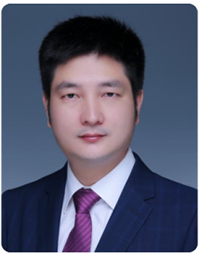
Hu Chen
Associate Professor
chenhu44@126.com
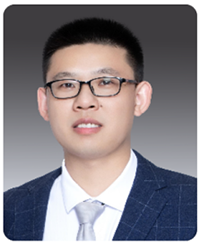
Sukun Tian
Associate Professor
tiansukun169@163.com
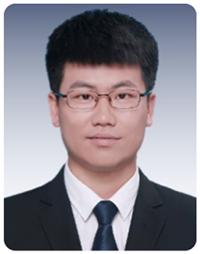
Xiang Wang
Associate Professor
Xiangwang@bjmu.edu.cn
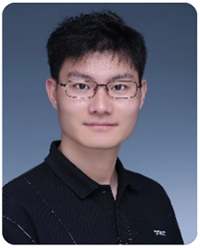
Xu Zhang
Associate Professor
zhangxulove@bjmu.edu.cn
CONTACT
Oral Digital-Biomimetic Diagnosis and Therapy Innovation Team
tiansukun169@163.com
86-010-82195553
Peking University School and Hospital of Stomatology,
No.22 Zhongguancun South Avenue,
Haidian District, Beijing 100081, PR China
last text: Precision molecular diagnostics of oral and maxillofacial tumors
next text: WEI Lab






